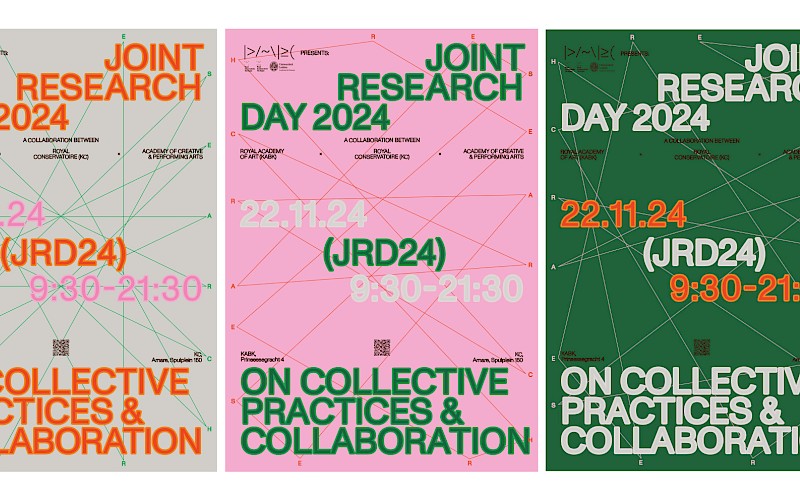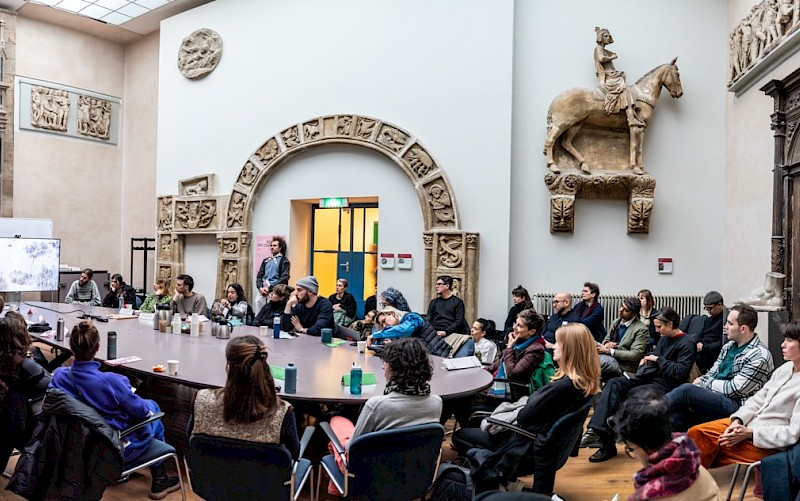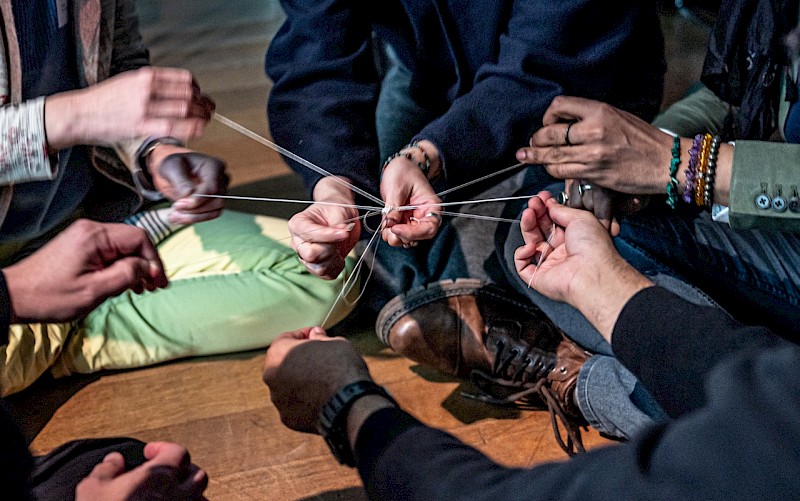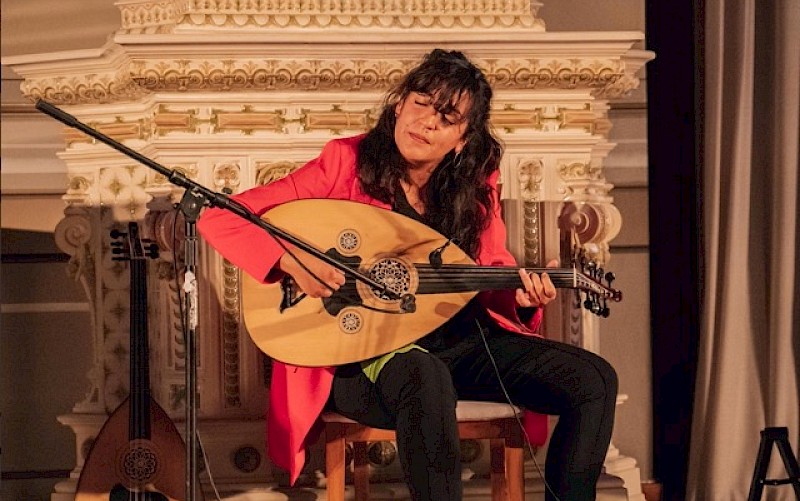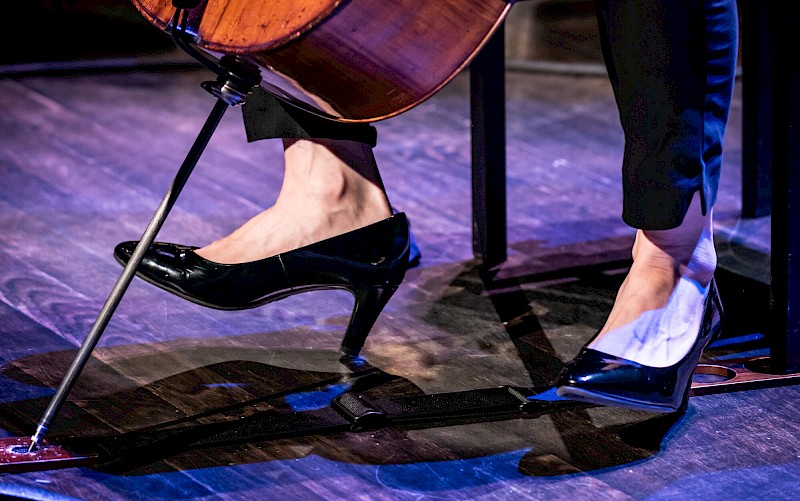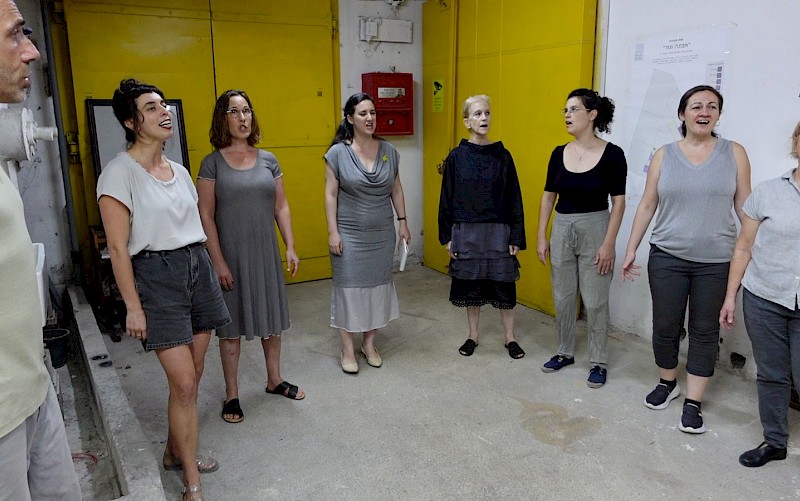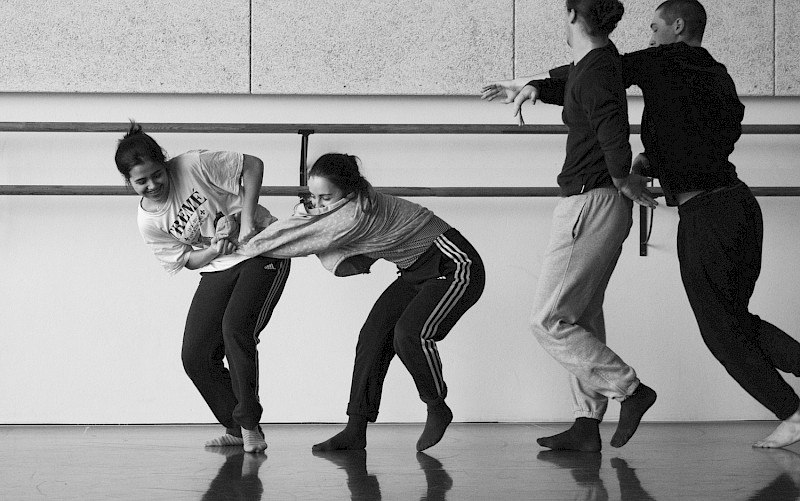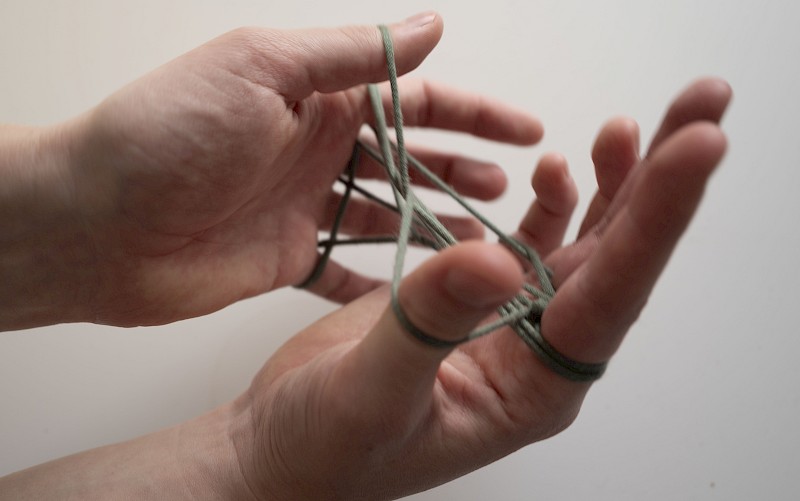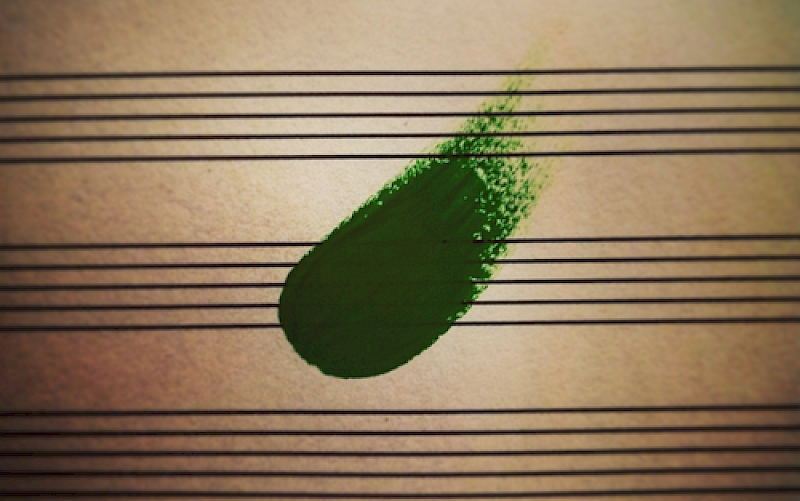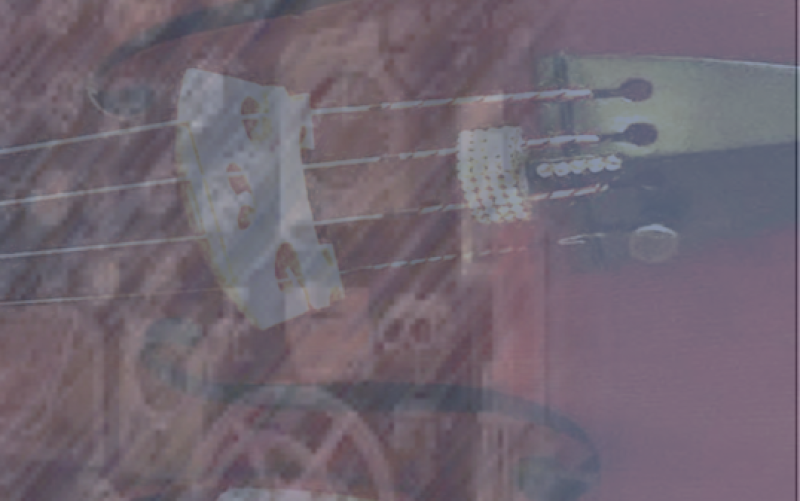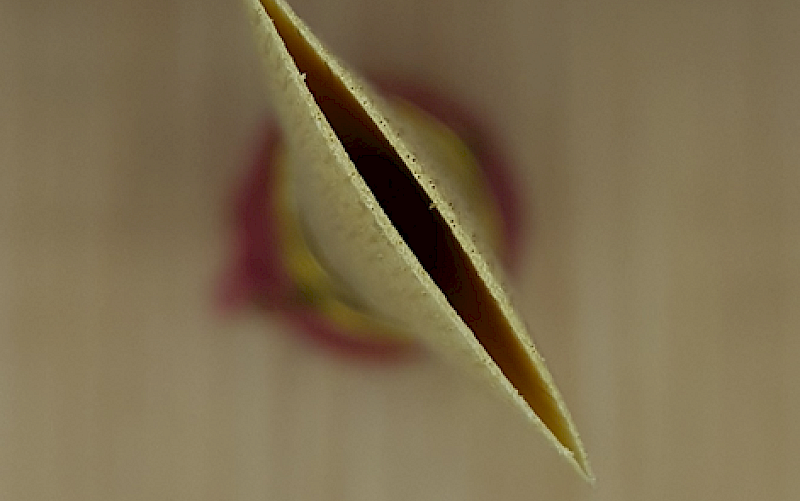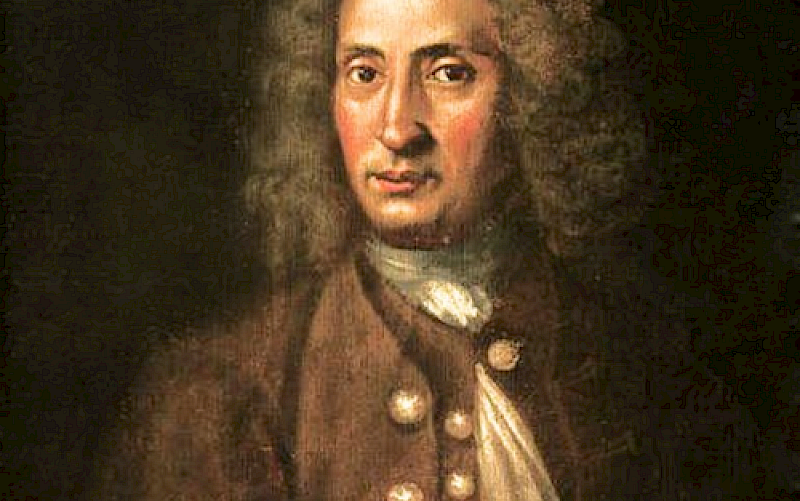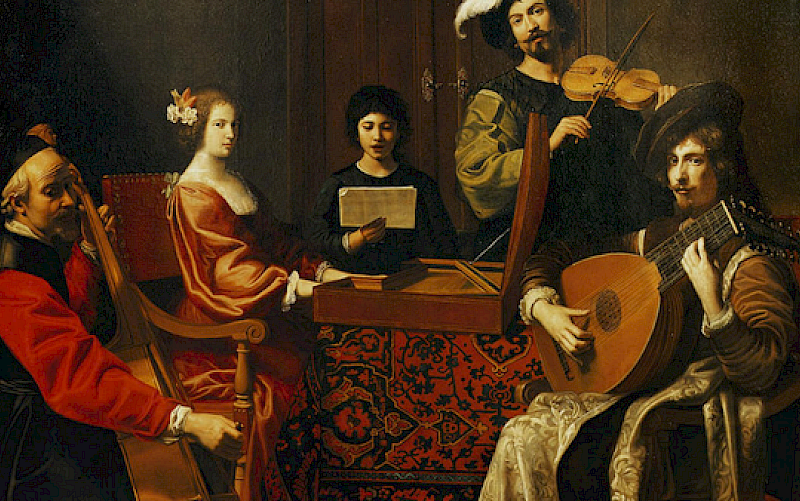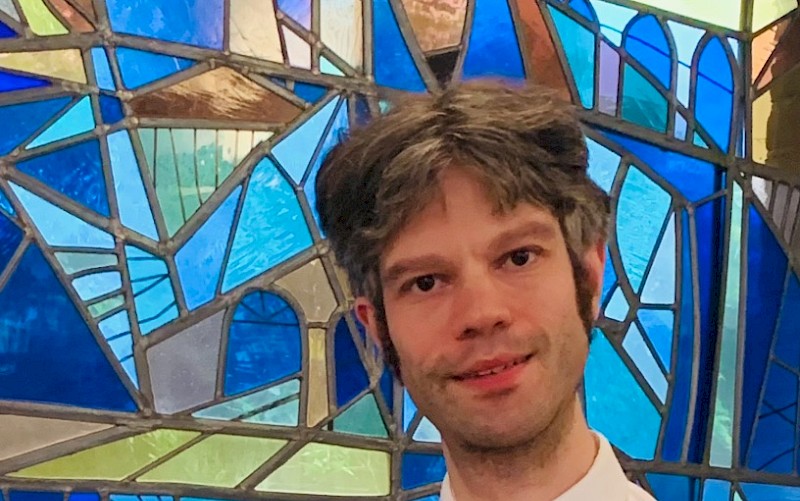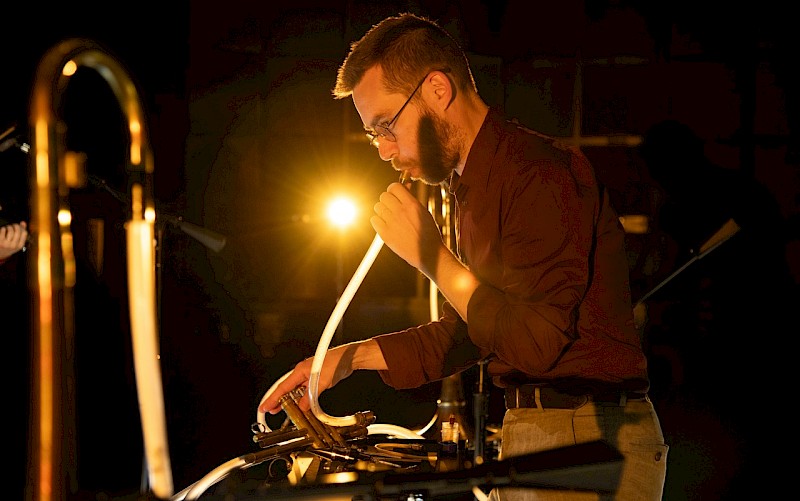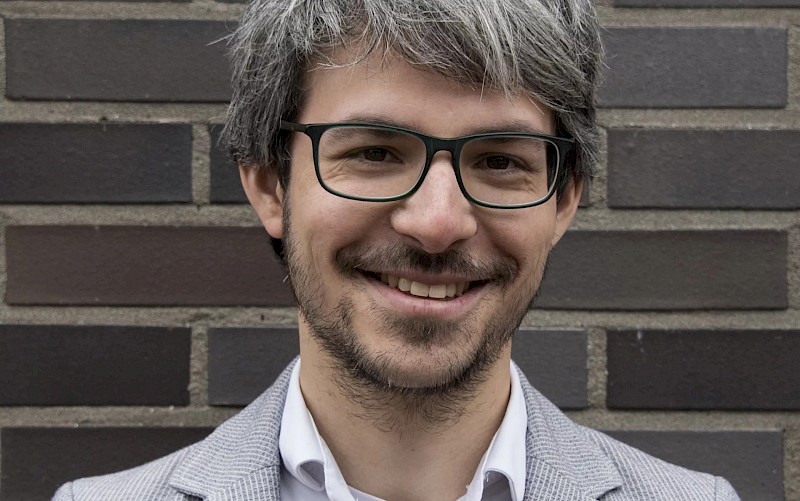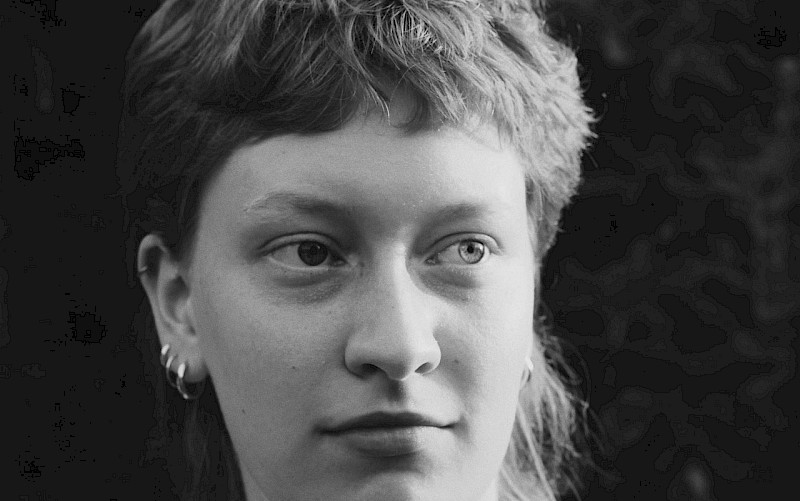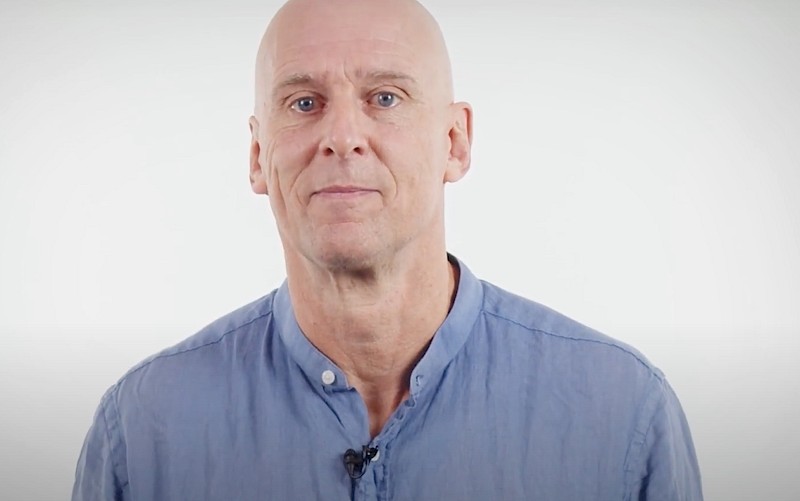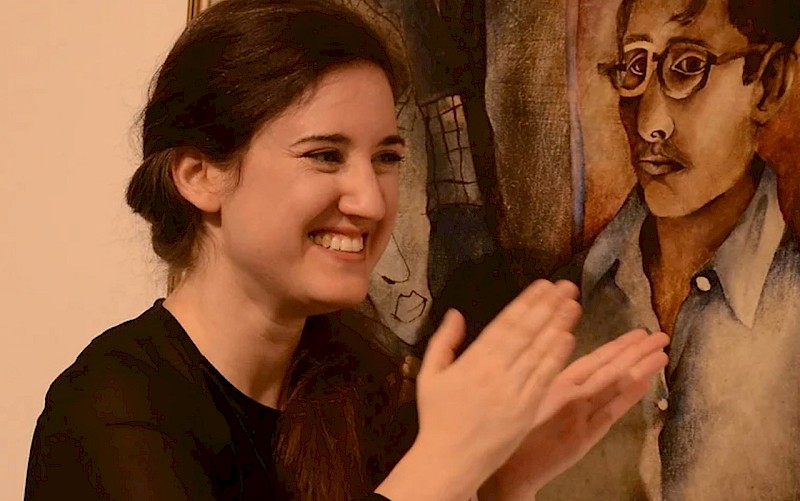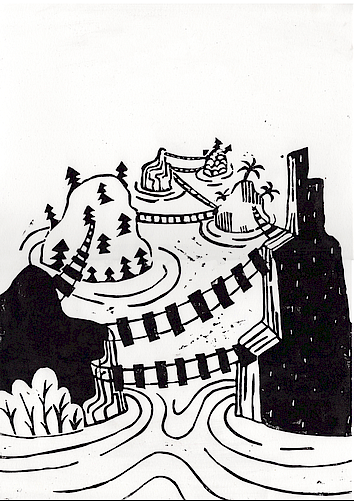
Interluding: Identifying practice methods for classical improvisation on the Violin
How can a classical performing violinist develop a practice method which serves for expanding their active musical vocabulary and applying it in an improvised interlude during a concert? The objective of this research is to explore practice methods which helps one create improvisations inserted in between composed pieces of a concert programme. The main goal is to create a common thread in a program with an otherwise varied repertoire. This research identifies and compares the practice methods that can be used to achieve this goal. The methodology is based on the study of academic and educational sources, autoethnography, experiments in the form of performances, a questionnaire for the audience, interviews with experts and recording of work in the practice room. The improvisation played in between two compositions is called an interlude and the act of playing such an improvisation, interluding. These interludes contain musical material of both the previous and the next piece, thus creating seamless transitions, a bridge between characters and/or a dialogue between the pieces. First, the historical importance of preluding and interluding is discussed, followed by a collection of improvisation exercises based on an existing composition with audio examples. These exercises serve to expand an active musical vocabulary inspired by the chosen pieces. The interludes can be built using different structures with this newly acquired vocabulary. To present and discuss the results, recordings of performances are included. Finally the limits of this format of strictly recycling (thematic) material are discussed, bringing to the surface other ways to use the concept of interluding.
Author: Ruth Mareen
